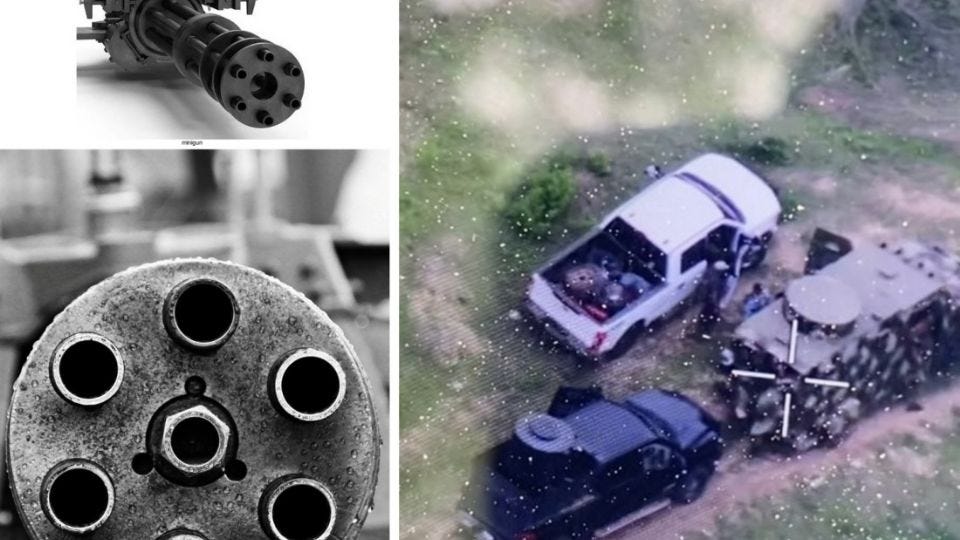In recent years, drug cartels in Mexico have taken a sinister technological turn, utilizing drones to further their illicit activities. These criminal organizations, such as the Jalisco New Generation Cartel (CJNG), have begun employing drones not only for surveillance and reconnaissance but also as deadly weapons. In this article, we delve into the alarming rise of cartel-operated drones, including instances, examples, and statistics that highlight the extent of this dangerous trend.
One shocking case that has garnered significant attention involves a group of women, including one known as "Lady Drones," who are allegedly operating explosive drones for the CJNG, Mexico's most notorious drug trafficking organization. Mexican authorities believe these women played a pivotal role in a recent attack on army officers along the border between the states of Jalisco and Michoacán, resulting in the tragic death of a soldier.
The CJNG, led by Nemesio 'El Mencho' Oseguera Cervantes, has been at the forefront of weaponizing drones for use in cartel warfare. According to reports, this deadly innovation began approximately four years ago when the CJNG started attaching explosives to drones, effectively transforming them into flying bombs. These weaponized drones have been used in targeted attacks, posing a severe threat to their rivals and even law enforcement.
Instances of cartel-operated explosive drones have shaken Mexico in recent years, with devastating consequences. One such incident took place on the border between Jalisco and Michoacán, where a soldier lost his life due to a drone attack. This incident serves as a stark reminder of the evolving tactics employed by cartels, driven by their desire for dominance in the illicit drug trade.
Moreover, Mexican Army Intelligence managed to obtain footage recorded from one of these deadly drones. The footage showed the women associated with the CJNG casually washing their clothes at their home in Jalisco, highlighting the brazen nature of these criminal activities.
To further emphasize the scale of this drone operation, a disturbing image emerged earlier this year, revealing a patch worn by members of the CJNG's "Operadores Droneros" (Drone Operators) unit. The patch depicts a drone with four propellers and a skull in the middle, alongside the CJNG's four letters. This insignia underscores the cartel's commitment to employing drones as a core part of their operations.
The rise of cartel-operated drones, particularly those equipped with explosives, presents a significant challenge to Mexican authorities and law enforcement agencies. The CJNG's innovative use of drones as both weapons and tools of surveillance illustrates the evolving nature of drug cartel tactics. As the fight against these criminal organizations intensifies, tackling this new drone threat will undoubtedly require increased resources, technology, and collaboration among law enforcement agencies. The deadly consequences of these aerial weapons serve as a stark reminder of the ongoing battle to maintain order and security in Mexico's drug-ravaged regions.




Great story!